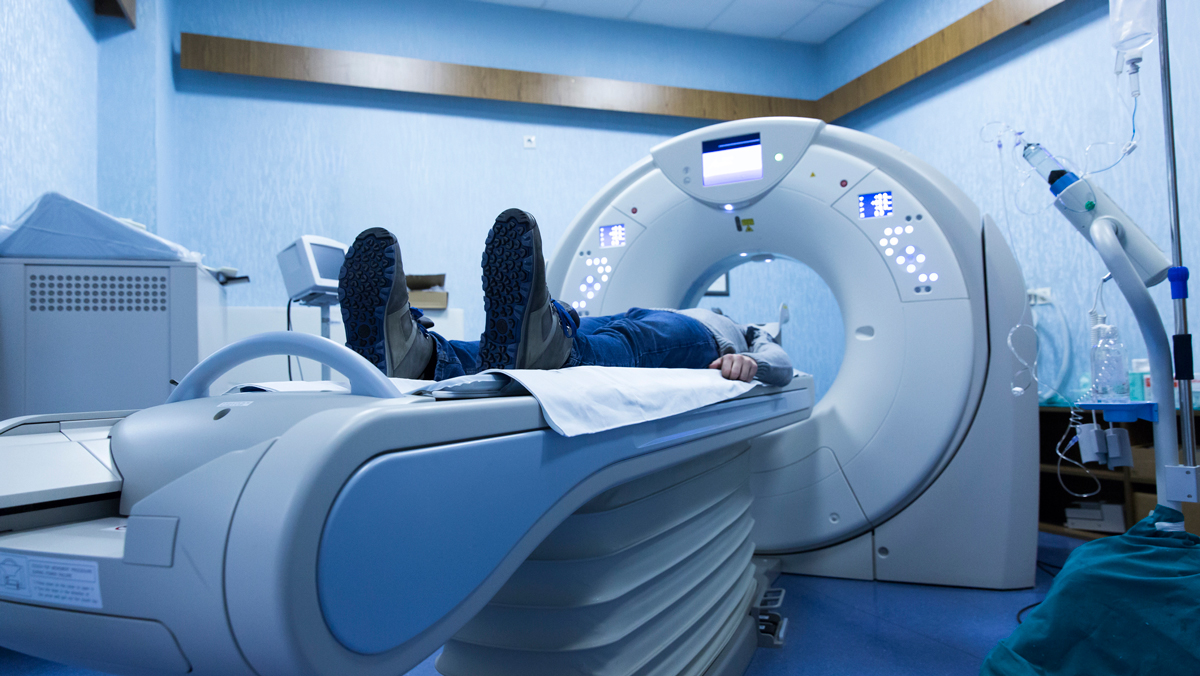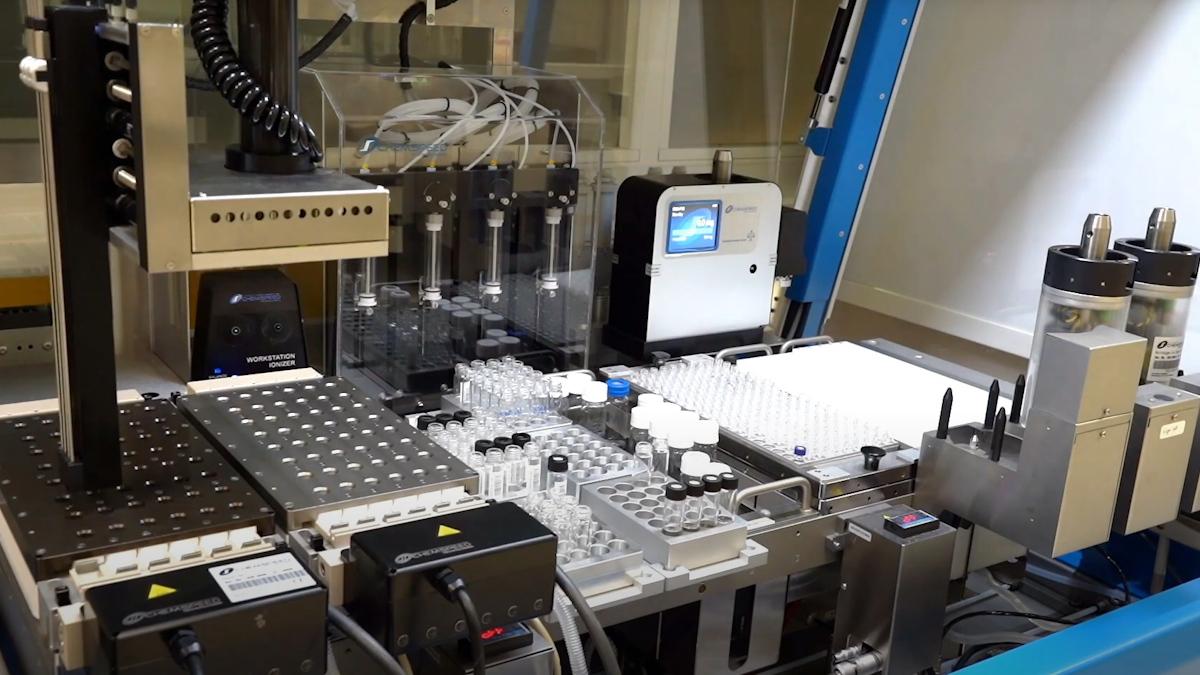AI can be used to speed up radiotherapy planning, says NICE

Draft guidance from NICE has recommended that nine artificial intelligence technologies can be used by NHS England to help plan the treatment of those undergoing external beam radiotherapy for various solid tumours, including lung, prostate, or colorectal cancer.
The aim is to reduce the time it takes to generate the outlines on medical images of healthy organs, known as 'contours', that are used to target treatment to the tumour only and protect healthy tissues.
In its guidance, NICE says that the use of AI could save time and money, helping to relieve pressure on stretched radiography services, and allow clinicians to spend more time with patients or concentrate their efforts on cases that require complex planning.
NHS England figures show that there were 134,419 radiotherapy episodes in England from April 2021 to March 2022, of which a "significant proportion" required complex treatment planning.
At the moment, radiographers outline organs by hand, and the guidance estimates that using AI could carve between three and 80 minutes off a treatment plan, without sacrificing the quality of the resulting contour diagrams. The AI-generated contours would still need to be reviewed by a trained professional.
"NHS colleagues working on the front line in radiotherapy departments are under severe pressure, with thousands of people waiting for scans," said Sarah Byron, programme director for health technologies at NICE.
"The role imaging plays in radiotherapy treatment planning is quite pivotal, so recommending the use of AI technologies to help support treatment planning alongside clinical oversight by a trained healthcare professional could save both time and money," she added.
The early value assessment (EVA) from NICE – if finalised – would allow the nine AIs to be used over a three-year period, assuming their developers can agree to generate additional data to see how well they perform in NHS practice.
In particular, NICE wants to see further evidence that the contours are clinically acceptable, the amount of 'edits' needed to make them suitable for use in patients, any impact on the dose of radiation needed, adverse events linked to contouring errors, and time and resource savings.
The nine AIs are the following:
- AI-Rad Companion Organs RT (Siemens Healthineers)
- ART-Plan (TheraPanacea, Oncology Systems)
- DLCExpert (Mirada Medical)
- INTContour (Carina Medical)
- Limbus Contour (Limbus AI, AMG Medtech)
- MIM Contour ProtégéAI (MIM Software)
- MRCAT Prostate plus Auto-contouring (Philips)
- MVision Segmentation Service (MVision AI Oy, Xiel)
- RayStation (RaySearch)
The Society of Radiographers (SoR) said this is the first piece of NICE guidance to recommend the use of AI to aid healthcare professionals in their roles. Executive director of professional policy, Charlotte Beardmore, welcomed the draft guidance, but said it was not a replacement for staff and caution was needed.
"It is critical there is evidence to underpin the safe application of AI in this clinical setting," she said, noting that using AI would still require input by a therapeutic radiographer or another member of the oncology team.
"Investment in the growth of the radiography workforce remains critical," said Beardmore.
The recommendation follows a decision in Wales to expand the use of an AI-powered tool used to spot cancer in biopsy samples, after seeing an increase in prostate cancer detection in a pilot study, and also comes shortly after AI was shown to be potentially more effective than the current reading approach at spotting breast tumours in mammograms.
The draft guidance is out for comment until 25th August, with a finalised version due in September.













